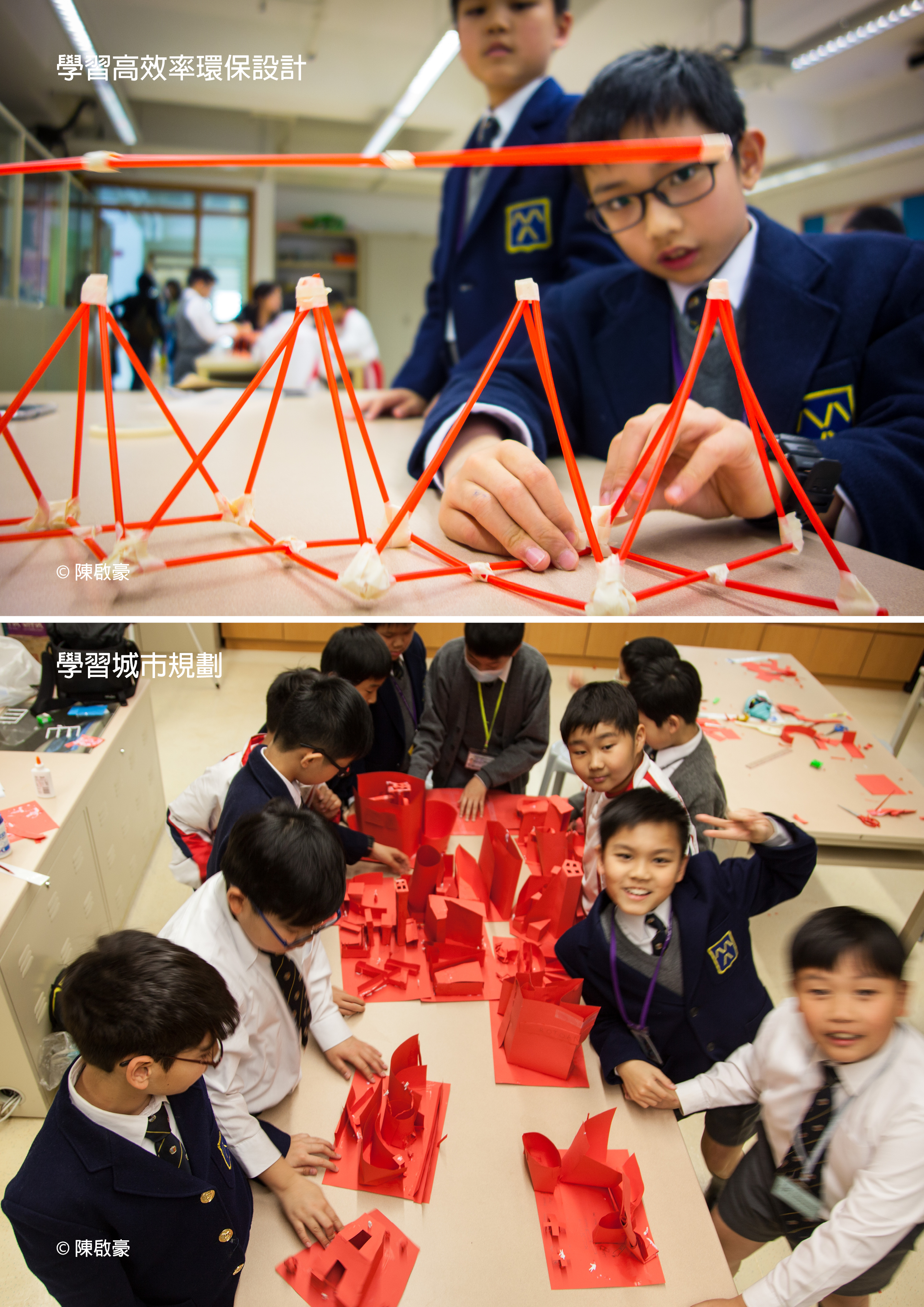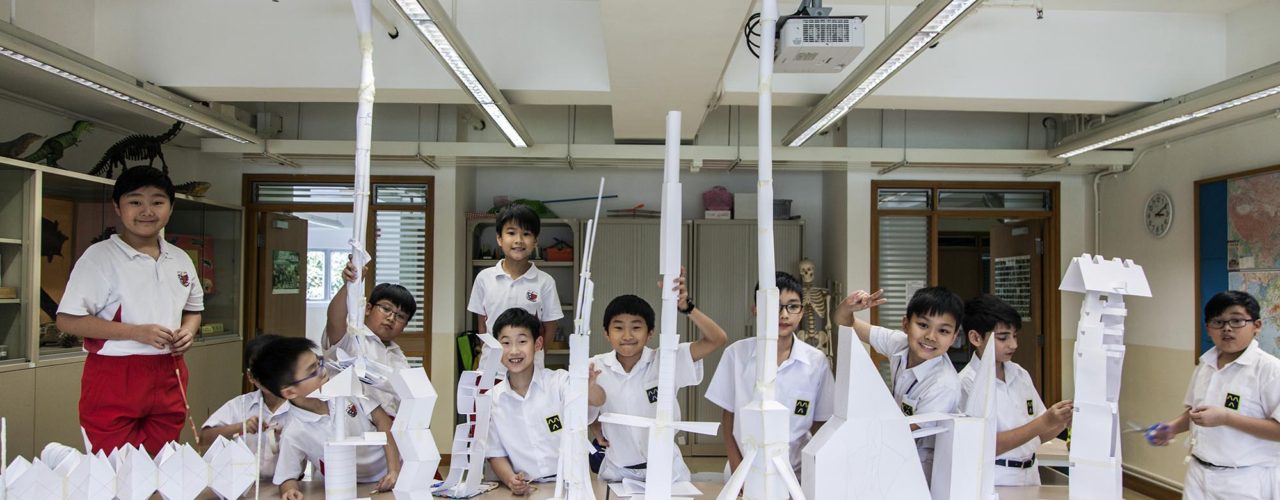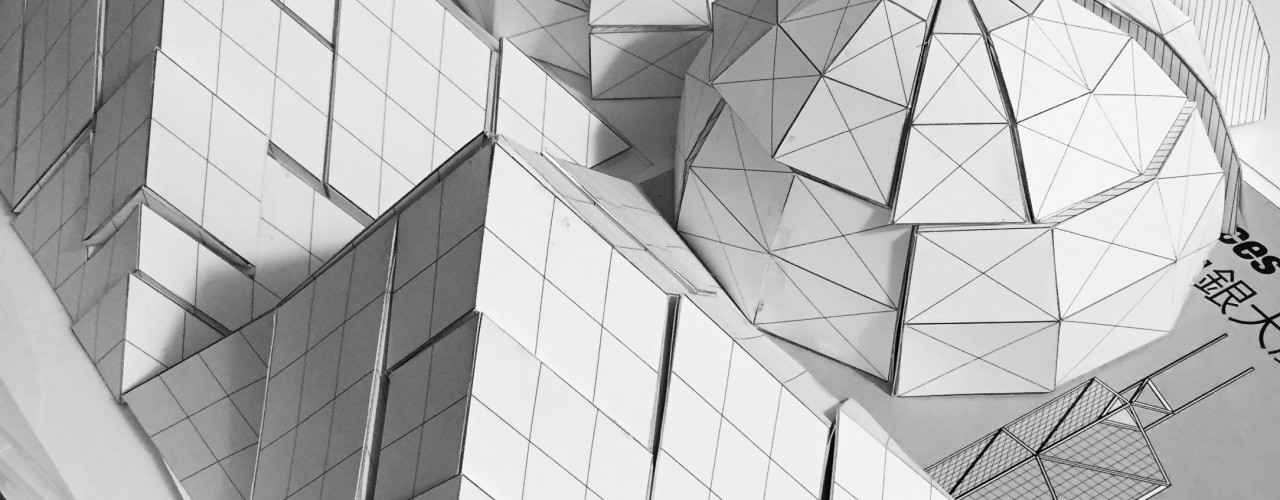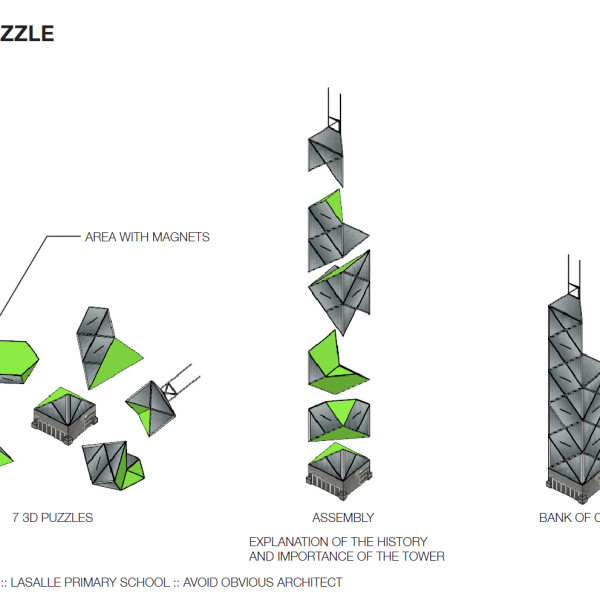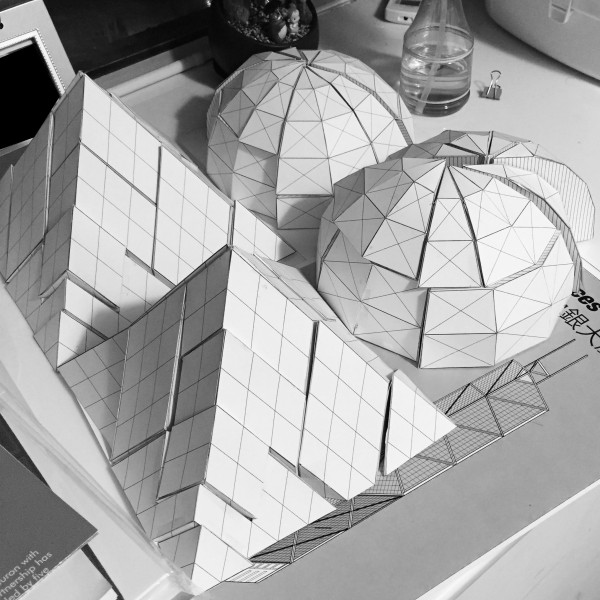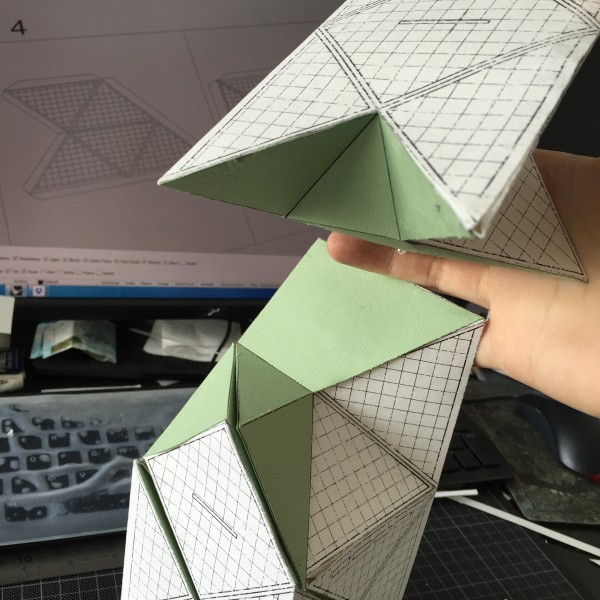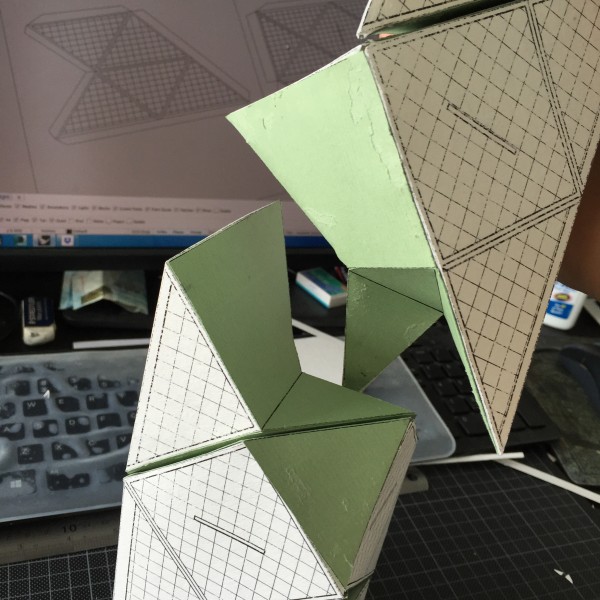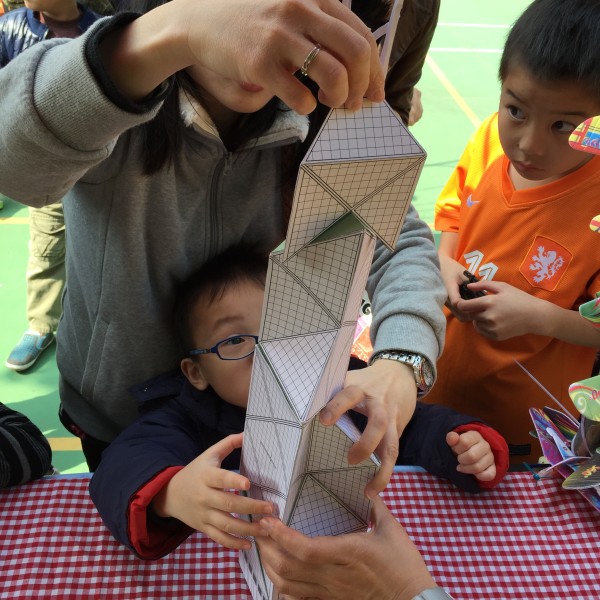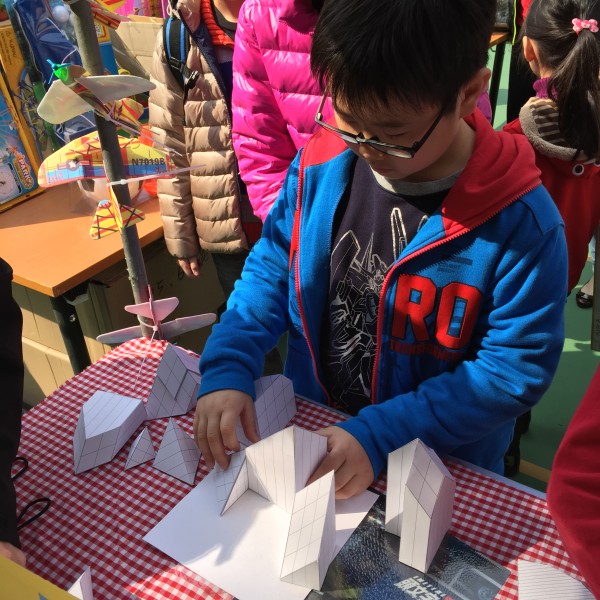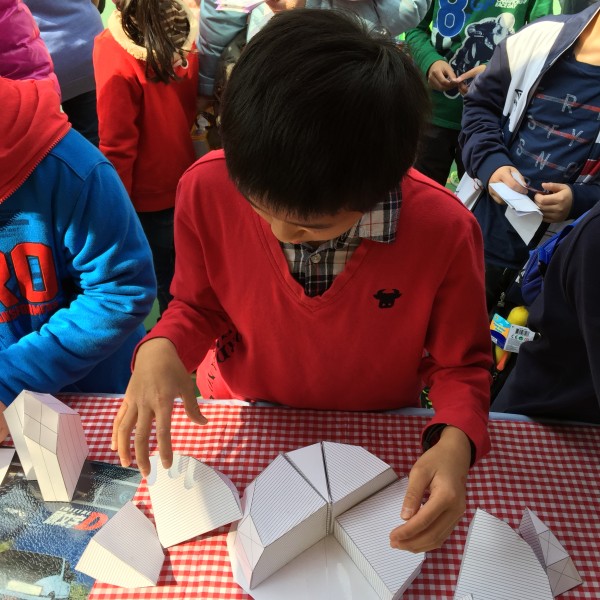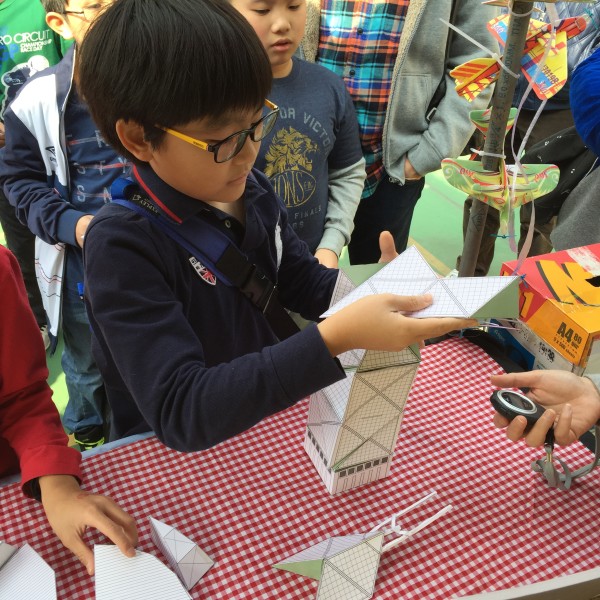Architecture for Children with Collective Intelligence
We are teaching children about sustainability, architecture and city planning. Below are 9 exercises to be conducted in 20 classes. Special thanks to Pua Owen, Elizabeth Corts and Chi Tam for their ideas. See our other syllabus.
Sustainability with Architecture
Fall 2016
- Environmental problems and causes – part 1.
- Discussion in teams. We will conduct a role playing game with different sectors in our society – landlord, native residents, business owners and government – to identity causes and solutions to several environmental problems – heat island, noise, air pollution, lack of green space, lack of community.
- Environmental problems and design – part 2.
- City planning design in team competition to conclude previous discussion and to redesign a development complex based on their discussion. The design award will go to the best team that address the environmental problems.
- Environmental problems and design – part 3.
- Buildings Swap. Team is ask to inherit another team’s building and to add improvement to it to address new environmental problems. The design award will go to the best team that address the environmental problems.
- Water: pollution and shortage – part 1.
- Discussion of water issues. Identify methods to save, filter and treat water. Design architecture that can filter polluted water.
- Water: design with water. – part 2
- Design architecture that harvest rainwater.
- Water: Architecture for a flooded city. – part 3
- Design architecture that can sustain on water
- Air: pollution and reduction – part 1
- Understand different sources of air pollution. Competition to design a device to reduce construction dust.
- Air: design – part 1
- Design a building that can clean air.
- Wind: How to harvest wind
- Understand aerodynamic design and begin to design a building that can rotate in the wind
- Wind: Architecture that can harvest wind energy
- A competition with wind towers. A rotation test to see who has the most turbine with the most rotation in 20secs.
Spring 2017
- Survey Part 1 – Existing school:
- Survey Lasalle Primary School and make documentation of the school
- Survey Part 2 – Ideal school:
- Transform Lasalle into a dream school using data they have collected.
- Transportation design part 1
- Railroad design and discussion of transportation
- Transportation design Part 2
- High speed vehicle and assembly of cars mechanism.
- Multi-functional design part 1
- Buildings that can transform to fit multiple purpose
- Multi-functional design part 2
- Competition of building with the most configurations.
- Light: Solar house part 1
- Discussion on solar energy and the assembly of solar panel
- Light: Solar house part 2
- Competition of the best solar hose design
- High Rise Design part 1
- Pro and cons of living in a high density building
- High rise design part 2
- Competition of building the tallest tower and the most sustainable tower.
